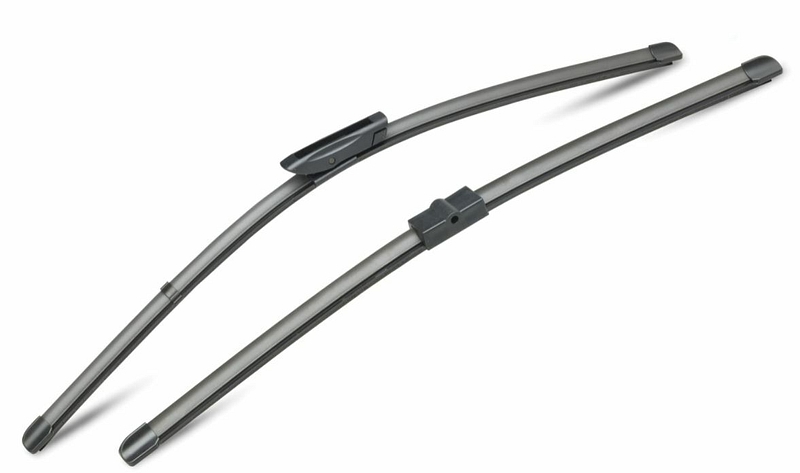DENSO demystifies wiper arms and blade fixings through comprehensive new video

In this latest video, DENSO Aftermarket looks at 13 wiper blade-to-wiper arm connections, starting with the standard hook connector, the solution favoured by the majority of VMs until 1999, at which point Ford took a different approach for its Taurus model and this marked a seismic change that has led to the broad range of attachment methods that can be seen today.
The reasons behind the change in design are threefold. First, VMs are looking for the solutions that deliver the best aerodynamic returns to reduce fuel consumption and/or increase range, second, they want their models to look good, so wiper blade aesthetics is important and third, they want to maximise their earnings from parts sales.
However, as with every other replacement component, these factors have met with a response from the independent aftermarket, which has been able to effectively meet the challenges set by these changes by developing multiple options and adapters that allow them to offer alternative products with universal connectors, at lower prices.
Major original equipment (OE) manufacturers like DENSO however, are able to offer a dual approach and can, on the one hand provide a direct, like-for-like OE replacement, such as its DF range for example, which is a blade with vehicle specific connections and an identical profile, and on the other hand also provide a universal blade solution for those that need a lower budget alternative.
Alongside the respective benefits of the vehicle specific and universal approaches, come some disadvantages. The vehicle specific option requires a huge level of stock and a detailed knowledge of the regional vehicle parc in order to reasonably cater for the possible requirements, whereas the universal option sacrifices the aesthetic appeal and aerodynamic efficiencies of the OE blade and can also be complicated to fit.
Despite the adoption of alternative methods of connection, approximately half of the European vehicle parc still has the traditional hook arm design. So, as a major OE supplier to VMs such as Toyota and Nissan, both of which have continued to use the versatile hook connection for the majority of their models, DENSO has therefore the widest OE quality replacement wiper blade offering that encompasses flat (notable for the fact that for these connectors, they are purely an aftermarket invention), conventional and advanced hybrid designs.
The video also comprehensively lists various other types of wiper arm connection designs, including A-side lock, B-pinch tab, G-pinch tab BMW, C-new bayonet, D-slide lock, E-side lock, F-push button, T-claw type, U-MB click on, V-top lock, W-click on and finally, Q-push button, with a detailed description of the fixing, the date of its introduction and the vehicles that have them fitted, alongside the blade-to-arm fitting instructions.
The full details of both the connections and blade options, as well as any adaptor that is required, are naturally available in the DENSO wiper blade catalogue, the company’s webcat and via TecDoc. In addition, fitting instructions can be downloaded in PDF format and, alongside arm type descriptions, are also featured on the individual wiper blade’s packaging.
The complete DENSO aftermarket wiper blade programme covers more than 94% of the European vehicle parc and includes OE quality flat, conventional, hybrid and rear blades, in each of the various wiper-to-arm combinations.
Further details of the full DENSO Aftermarket programme are available online at: www.denso-am.eu




















































